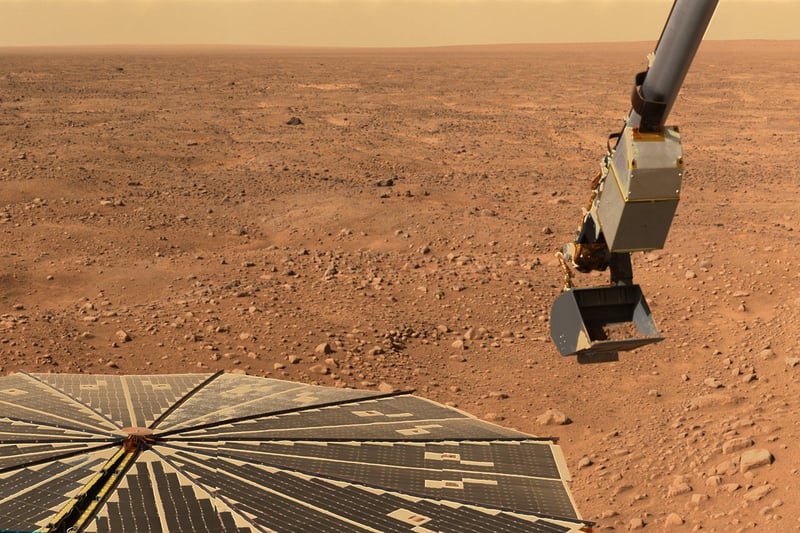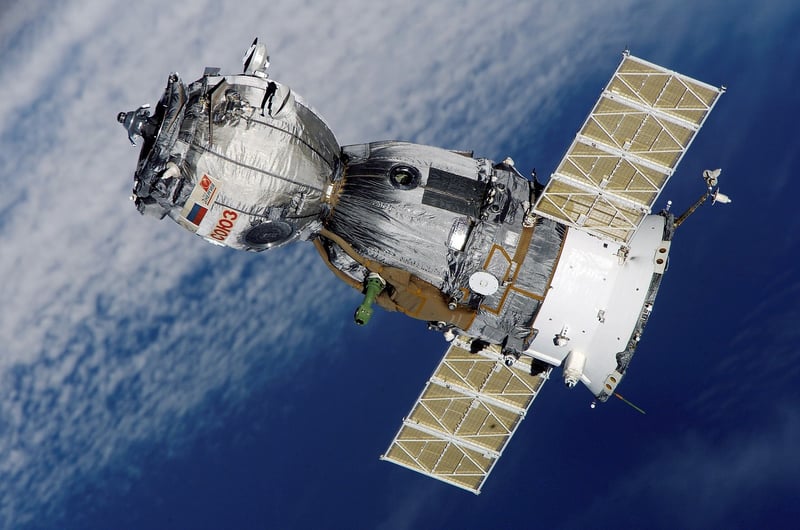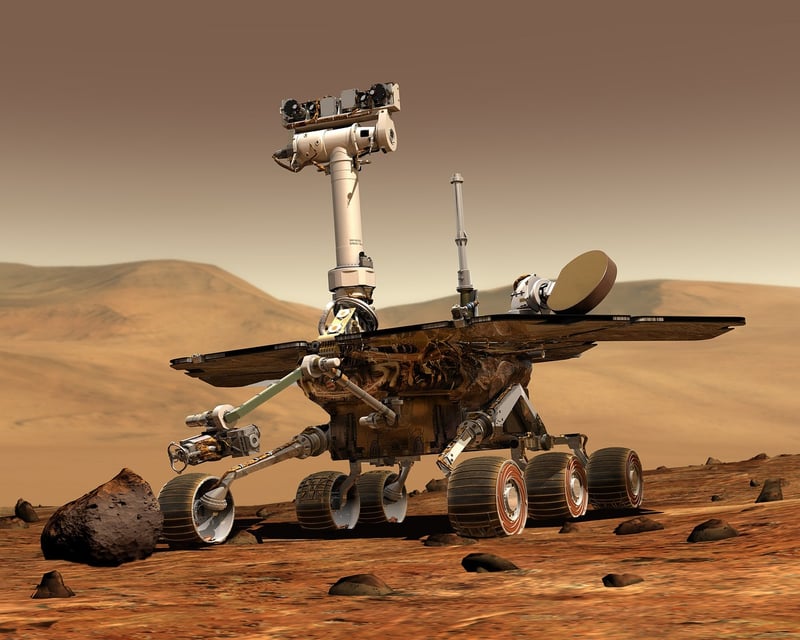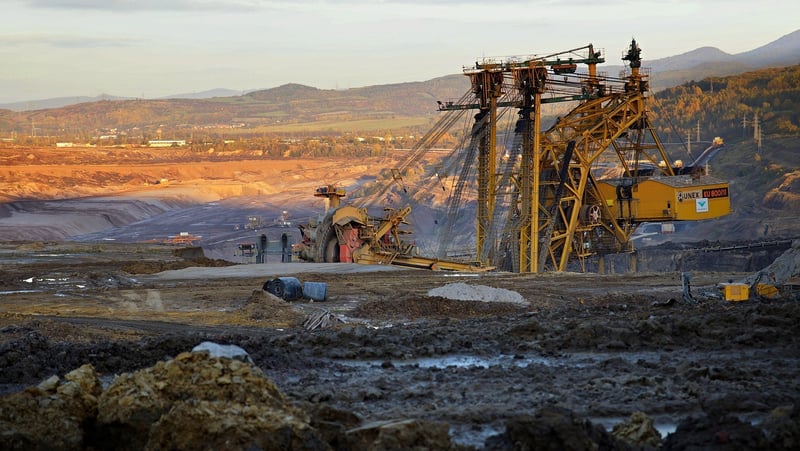Robotics in Space
The Future of Space Exploration: Robotics Leading the Way
Space exploration has always captured the imagination of humanity, pushing the boundaries of what is possible and expanding our understanding of the universe. In recent years, cutting-edge technology, particularly in the field of robotics, has played a significant role in advancing space exploration to new heights.
Robotic Missions: Precision and Efficiency
Robots are playing an increasingly crucial role in space exploration due to their precision, efficiency, and ability to withstand the harsh conditions of space. Robotic missions have enabled us to explore distant planets, moons, and asteroids with unprecedented detail and accuracy.
Autonomous Rovers
Autonomous rovers, such as the Mars rovers Spirit, Opportunity, and Curiosity, have revolutionized our understanding of the red planet. These robots are equipped with advanced sensors, cameras, and tools that allow them to navigate challenging terrain, collect samples, and conduct experiments autonomously.

Space Probes and Satellites
Space probes and satellites equipped with robotic arms and instruments have been instrumental in studying celestial bodies, monitoring space weather, and conducting research in outer space. These robotic explorers provide valuable data that helps scientists unravel the mysteries of the cosmos.

The Future of Robotics in Space
As technology continues to advance, the future of robotics in space exploration looks promising. From autonomous drones to humanoid robots, the possibilities are endless. These robots will not only assist humans in space missions but also pave the way for future manned missions to Mars and beyond.
Robotic Assistants for Astronauts
Robotic assistants, such as NASA's Robonaut, are designed to work alongside astronauts, performing tasks that are dangerous or tedious for humans. These robots can handle maintenance, repairs, and experiments, freeing up valuable time for astronauts to focus on scientific research and exploration.

Planetary Mining Robots
Planetary mining robots are being developed to extract resources from celestial bodies, such as the Moon and asteroids, to support future space missions. These robots could mine valuable minerals, water ice, and other resources essential for sustaining human colonies in space.

In conclusion, robotics is at the forefront of space exploration, driving innovation, discovery, and progress in our quest to explore the cosmos. With cutting-edge technology and pioneering robots, we are unlocking the secrets of the universe and shaping the future of humanity's journey into space.
